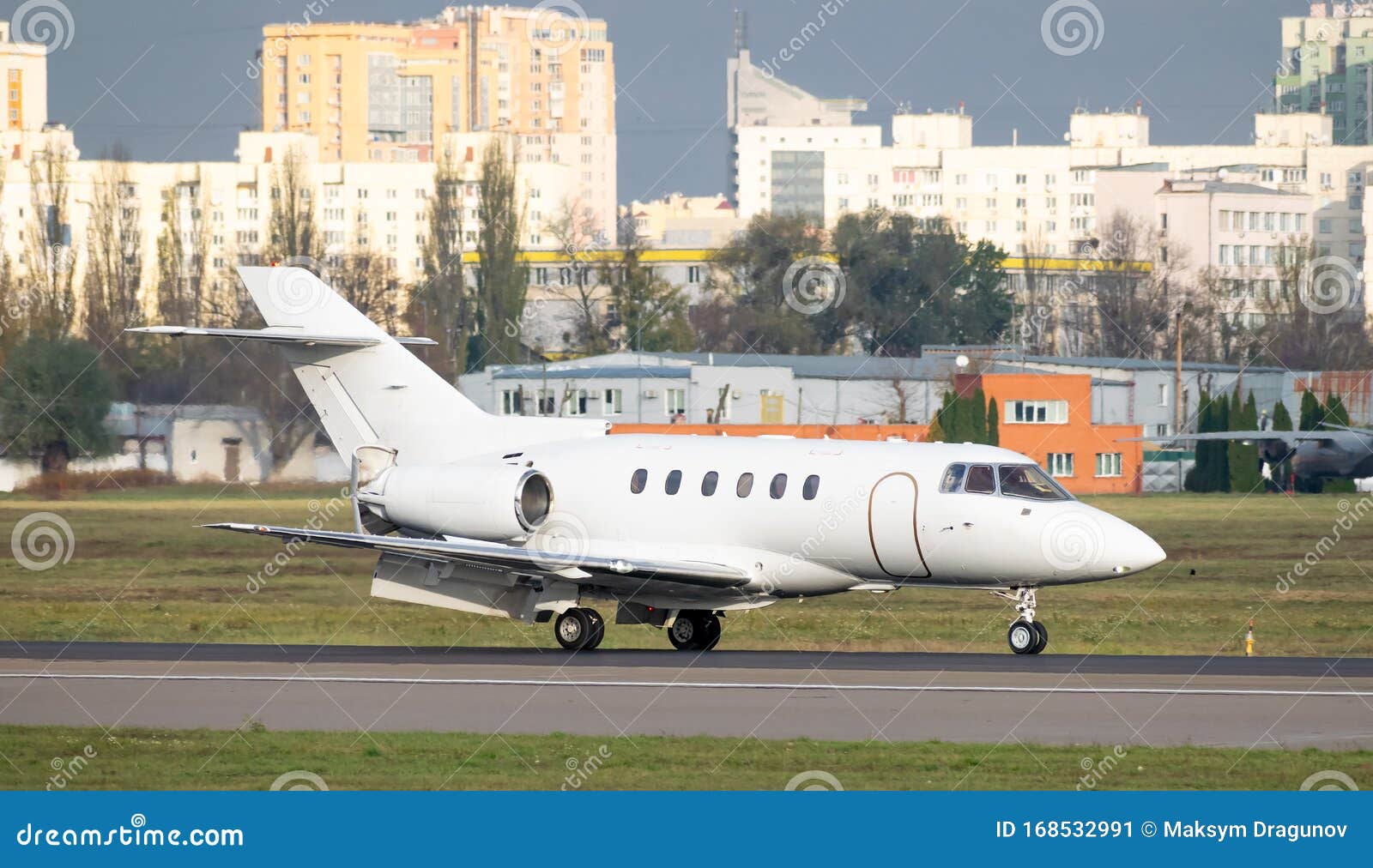

#Extreme landings business jet driver#
As a result, the driver loses control of the steering and is unable to brake.

This is a phenomenon widely known to be relatively common in automobiles and occurs when this sheet of water interrupts the contact between tire and ground. Landing on a pavement that has more than 3mm of water on its surface presents the risk of aquaplaning (or hydroplaning). The classification goes from “Dry”, through “Damp” and “Wet”, to “Contaminated”, when the floor should not be used. The measurement is conducted, by determination of Anac, whenever there is, at least, moderate rain (with precipitation intensity equal to or greater than 5.1 mm/h) or when there is a report of a slippery track by the pilots. After all this work, if any pilot points out that the runway is slippery – even if there is no more than 3mm of accumulated water – a new monitoring session is carried out, including with the help of the airport’s engineering team. The compiled and processed data is forwarded to the control tower, which will pass the information onto the flight crews, ensuring that every landing and take-off is carried out in complete safety. The entire route, however, is rigorously checked.

Therefore, when going out into the field, the aerodrome specialist looks for the areas that seem to be the most waterlogged and pays special attention to key relevant points, like the touchdown zone – where the aircraft will initially touch down, on the first stretch of the runway. If they identify that the water depth accumulated on the pavement is greater than 3 mm, the runway is defined as “contaminated”, as it represents a high risk of the aircraft excursion, that is, the pilot losing control of the aircraft and leaving the limits of the runway.Īccording to the National Civil Aviation Agency (Anac), what should also be considered includes how contaminated the runway is with water, snow, or ice, among other possibilities, although a portion of less than 25% of the runway can be covering an area relevant to the operation, such as the area of rotation and departure from the ground or the segment of the runway where the airplane is at high speed on take-off where the drag effect is most relevant. For this, specialists examine the area with equipment to carry out measurements.
#Extreme landings business jet series#
But to ensure that the process takes place safely, and without putting passengers and crew at risk, a series of checks, measurements, and protocols must be followed.įor example, it is the responsibility of airport inspectors on the apron and runway to monitor the water level in the landing strips. If the runway is wet, something common in the rainiest seasons – between November and March in Brazil – does landing become a dangerous procedure? In general terms, the answer is no. One of the most relevant relates to landing conditions. In both commercial and executive aviation, rain itself poses few problems for keeping the plane in the air, but precipitation is capable of generating other types of concern. Storms, lack of visibility, wet runways… this all tends to scare passengers. Perhaps the main factor of discomfort or insecurity when flying, whether for frequent travelers or not, is facing heavy rains and adverse weather conditions.


 0 kommentar(er)
0 kommentar(er)
